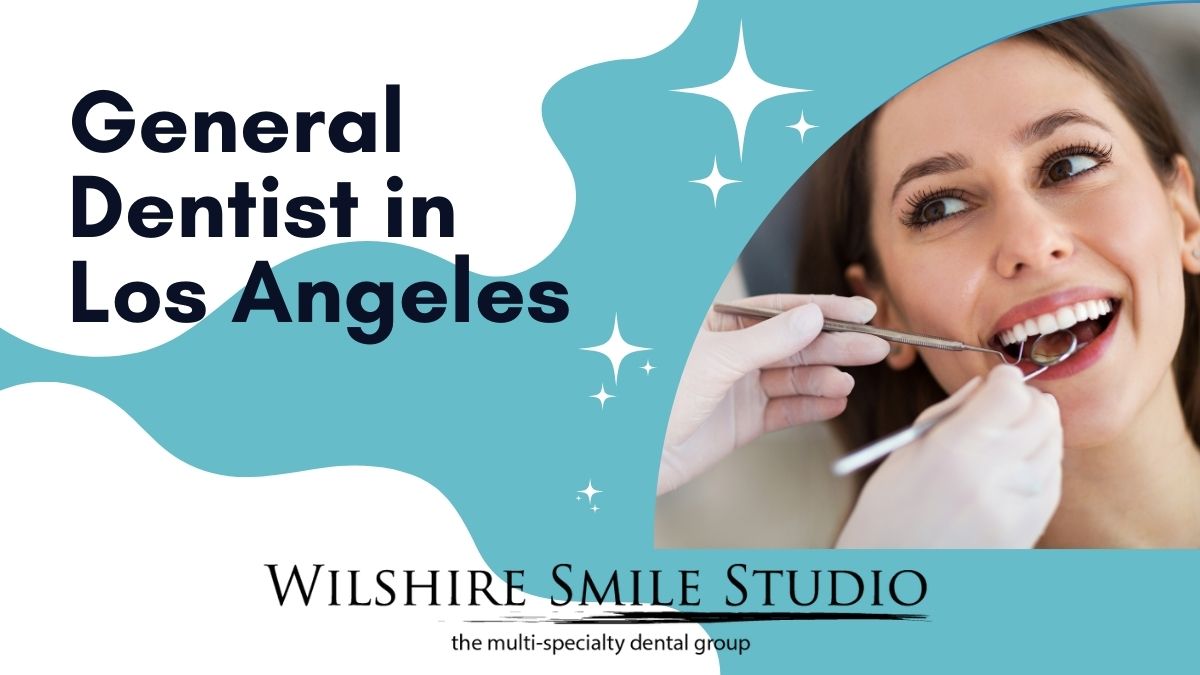About Legacy Orthodontics
Table of ContentsAbout Legacy OrthodonticsHow Legacy Orthodontics can Save You Time, Stress, and Money.What Does Legacy Orthodontics Mean?Things about Legacy OrthodonticsThe Ultimate Guide To Legacy Orthodontics
At Advanced Orthodontics, we provide clients with a all natural therapy experience. On top of that, we offer flexible therapy schedules, versatile repayment alternatives and a fun, pleasurable experience. leesburg clear braces. Phone call ( 480) 357-4900 today for additional information and schedule an appointment.An orthodontist is a dentist educated to identify, avoid, and treat teeth and jaw abnormalities. They fix existing conditions and are educated to recognize issues that may develop in the future. Orthodontists collaborate with individuals of any ages, from children to grownups. People typically associate a perfect smile with health.
Malocclusion, or misaligned teeth, can lead to dental issues, consisting of tooth degeneration, gum condition, and tough or agonizing chewing. Not everybody is born with straight teeth. If you have a poor bite or big spaces in between your teeth, you may wish to get in touch with a dentist concentrating on orthodontic care.
Getting The Legacy Orthodontics To Work
( Image Credit Report: DigitalVision/Getty Images) Orthodontists use taken care of and detachable oral devices, like braces, retainers, and bands, to alter the placement of teeth in your mouth. Orthodontic treatment is for oral problems, consisting of: Uneven teethBite issues, like an overbite or an underbiteCrowded teeth or teeth that are as well much apartJaw misalignmentThe goal of orthodontic treatment is to enhance your bite.
A healthy and balanced bite ensures you can eat, eat, and talk properly. While you might consider orthodontists as mostly for children or teenagers who require dental braces, they can correct dental issues at any kind of age. Orthodontists attend college, oral college, and orthodontic school. After graduation, they spend 2 or 3 years in an orthodontic residency program.
, but not all dentists are orthodontists. They concentrate on 2 areas: How to properly and safely relocate teeth Just how to appropriately assist growth in the teeth, jaw, and faceOnce an orthodontist has actually completed training, they have the choice to end up being board certified.
Unknown Facts About Legacy Orthodontics
Imbalance, or malocclusion, is the most usual reason individuals see an orthodontist. It is hereditary and is the result of dimension differences in between the upper and lower jaw or in between the jaw and teeth. Malocclusion causes tooth overcrowding, an askew jaw, or irregular bite patterns. Malocclusion is generally treated with: Your orthodontist attaches steel, ceramic, or plastic square bonds to your teeth.
If you have only small malocclusion, you may have the ability to use clear braces, called aligners, as opposed to conventional dental braces (https://rounded-smash-8f7.notion.site/Your-Perfect-Smile-Awaits-Discover-the-Best-Leesburg-Orthodontist-11161198f5d88039973ce09db494c7c4?pvs=4). Some individuals need a headwear to assist move teeth into line with pressure from outside the mouth. After braces or aligners, you'll require to wear a retainer. A retainer is a custom tool that keeps your teeth in position.
They're most typically utilized on kids. They can create added space in the mouth without having to pull teeth. If you have a significant underbite or overbite, you might require orthognathic surgical treatment (additionally called orthodontic surgical treatment) to extend or reduce your jaw. Orthodontists utilize wires, surgical screws, or plates to sustain your jaw bone.
You may require to see an orthodontist if you have: Crowding or otherwise sufficient room for all of your teethOverbite, when your upper teeth come over your base teethUnderbite, when your base teeth are as well far forwardSpacing or concerns with gapsCrossbite, which is when your upper teeth fit behind your base teeth when your mouth is closedOpen bite or a vertical void between your front bottom and upper teethMisplaced midline, when the center of your base and top teeth don't line up Remedying a dental malocclusion can: Make attacking, chewing, and speaking easierImprove the symmetry of our face and your overall appearanceEase pain from temporomandibular joint disordersDifferent your teeth and make them simpler to clean up, assisting stop tooth degeneration or tooth cavities It's usually a dental professional that initially notifications misaligned teeth during a routine exam.
The Ultimate Guide To Legacy Orthodontics

Throughout your initial orthodontic assessment, you'll likely have: An oral examPhotos taken of your face and smileDental X-raysPanoramic (360 degree) X-rays of your face and headImpressions to produce molds of your teethThese tests will help your orthodontist understand exactly how to wage your treatment. leesburg orthodontist. An orthodontist is a dental practitioner who's had training to treat leesburg invisalign your teeth and jaw
Orthodontists might perform surgery, exams,X-rays,and more to help you attain an extra comfy, much healthier smile. An orthodontist is concentrated on your bite, so something like a damaged tooth would certainly be managed by a dental expert. Orthodontists are dental experts however not all dental professionals are orthodontists. Orthodontists are concentrated on your bite, or the means your teeth meshed, and the straightness of your teeth.
Ever asked yourself how celebs always appear to have perfectly lined up teeth? Orthodontists are dental experts that focus on fixing abnormalities in the teeth and jaws.
Legacy Orthodontics - Truths

While dental braces are the most frequently identified orthodontic treatment, orthodontists have a diverse toolkit at their disposal. The certain approach chosen depends on the intensity of the situation, the patient's age, and individual preferences. These tried-and-true dental braces make use of a system of brackets adhered to the teeth and attached by wires.
Clear aligners, like Invisalign, are a prominent choice for people looking for a more discreet therapy alternative. These detachable trays are custom-made to progressively move the teeth's setting. Headgear may be utilized in combination with dental braces or aligners to use added targeted forces, especially for correcting jaw inconsistencies. In instances of narrow jaws, palatal expanders can be used to produce room for appropriate tooth positioning.